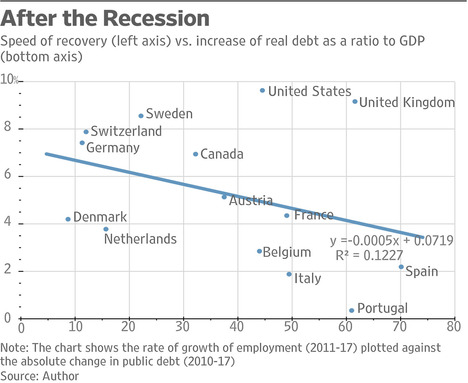(p. A1) BERLIN — It seemed like a no-brainer: Lower Germany’s embarrassingly high carbon emissions at no cost, and save some lives in the process.
But when a government-appointed commission in January [2019] dared to float the idea of a speed limit on the autobahn, the country’s storied highway network, it almost caused rioting.
. . .
(p. A10) Call it Germany’s Wild West: The autobahn is the one place in a highly regulated society where no rule is the rule — and that place is sacred.
. . .
Germany is woefully behind on meeting its 2020 climate goals, so the government appointed a group of experts to find ways to lower emissions in the transport sector. Cars account for 11 percent of total emissions, and their share is rising.
A highway speed limit of 120 kilometers an hour, or 75 miles per hour, could cover a fifth of the gap to reach the 2020 goals for the transport sector, environmental experts say.
“Of all the individual measures, it is the one that would be the most impactful — and it costs nothing,” said Dorothee Saar, of Deutsche Umwelthilfe, a nonprofit environmental organization that has lobbied for a speed limit.
. . .
Once, during the oil crisis in 1973, a German transport minister took his chances and imposed a speed limit. Road deaths stood at over 20,000 a year at the time (six times today’s level) and with oil prices skyrocketing, Lauritz Lauritzen thought Germans might reasonably see the benefits of saving some lives and some money on gas, too.
The speed limit lasted four months, and Mr. Lauritzen not much longer.
The experiment gave birth to the “Freie Fahrt für freie Bürger!” campaign — or “Freedom to drive for free citizens!” — the car lobby’s most powerful slogan to this day, and one used by political parties and car companies alike, a sort of unwritten second amendment.
“It’s all about freedom,” said John C. Kornblum, a former United States ambassador to Germany, who first arrived here in the 1960s, and has been living (and driving) here on and off ever since.
. . .
“Germany is terribly regulated, for reasons which have to do with the past, with a fear of uncertainty, a fear of being overwhelmed,” Mr. Kornblum said. “But then people look for their little spaces of freedom and the autobahn is one of them.”
And speeding isn’t the only freedom the autobahn offers.
Driving naked in Germany is legal, too. But if you get out of the car nude, you face a $45 fine.
For the full story, see:
Katrin Bennhold. “Autobahn Speed Limits? Voting With Lead Feet.” The New York Times (Monday, Feb. 4, 2019): A1 & A10.
(Note: ellipses, and bracketed year, added.)
(Note: the online version of the story has the date Feb. 3, 2019, and has the title “‘GERMANY DISPATCH; Impose a Speed Limit on the Autobahn? Not So Fast, Many Germans Say.”)

